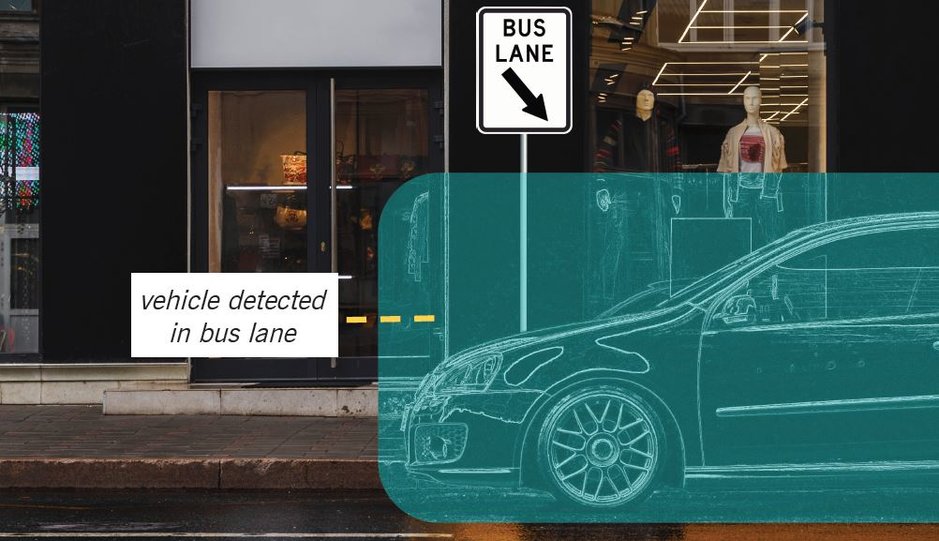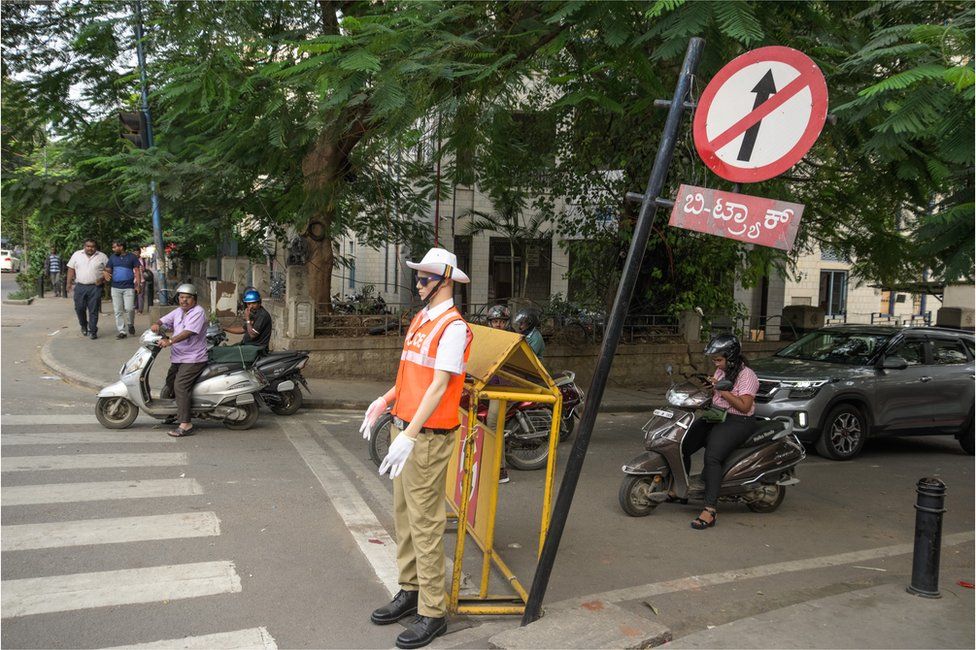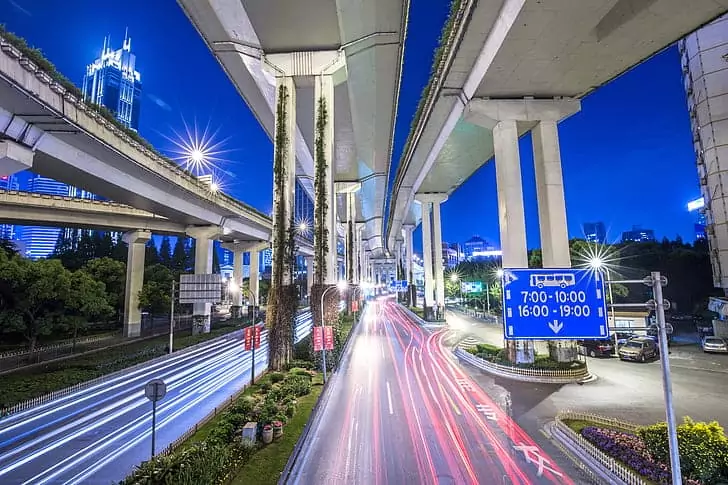The primary duties of traffic enforcement officers is to reduce traffic collisions, their resulting injuries, and to facilitate the safe and expedient flow of vehicular and pedestrian traffic.
As technology continues to reshape nearly every sector of society, law enforcement leaders are now increasinglys to reshape nearly every sector of society, law enforcement leaders are now increasingly adding innovative strategies to already commonplace tools to further reduce unwanted statistics. Here we look at three examples from Las Vegas, New York, and India.
Las Vegas’ Smart City

To become a smart city by 2025, Las Vegas has invested in new traffic and parking enforcement technology.
According to a news release, the city has recently partnered with SenSen Networks, an Australian AI company that makes hardware and software tech to analyze occupancy or traffic.
Starting this year, SenSen will deploy two pieces of hardware and 80 access keys to mobile software for automated parking and traffic enforcement. The hardware consists of a pair of SenFORCE units, each of which is a hub of sensors that can be programmed with all the city’s zones and parking rules, then affixed to the roof of vehicles.
When a staff member drives around with one of these devices, it senses and flags any infringements with considerable detail, including not only improperly parked cars but other problems such as illegal dumping, abandoned bikes, or cars in the wrong waiting zones. Having detected a violation, it captures license plate information and sends the information to enforcement officers.
On the other hand, the mobile software is a cloud-based AI-powered smartphone app named Gemineye. The app detects the same things as the SenFORCE units but, because it works with a smartphone camera, it can be deployed across enforcement vehicles and car parks, as well as segways, Go4 scooters, and officers on foot.
NYC’s Automated Bus Lane Enforcement

NYC Transit is working with NYCDOT and NYPD to increase bus lane enforcement in highly congested areas as part of NYC Transit’s ‘Fast Forward’ plan.
51 buses are now using mounted cameras to capture real-time bus lane violations. The ABLE (Automated Bus Lane Enforcement) software can capture evidence such as license plate information, photos, and videos, as well as location and timestamp information.
The newly implemented system is part of a multi-agency approach: The mounted cameras work in parallel with both NYCDOT’s stationary cameras on streets, and NYPD’s initiatives to deter parking in bus lanes, which began earlier this year.
“Automated bus lane enforcement is a critical part of our plan to increase bus speeds because transit priority improvements do not work if motorists do not respect their purpose or abide by traffic laws,” said MTA NYC Transit President, Andy Byford. “We need to give our buses every fighting chance to get through the city’s congested streets.”
More than 1,500 vehicles have been captured blocking bus lanes on the M15 Select Bus Service route since new bus-mounted camera enforcement began.
Bangalore’s Futuristic AI-powered Mannequins

In Bangalore, India, road traffic problems raise a bigger concern than high crime rates. But, the understaffed police agency has identified a creative technological solution to address the problem.
The Banaglore City Police will introduce futuristic AI-powered mannequins to spot traffic offenders and fine drunk drivers, among other violations.
“We will soon have artificial eyes fixed in mannequins as cameras with a small AI-linked computing device inside them for facial recognition through a well-connected central server…The AI software will locate the offenders, tip off the police about the number of violations one has committed, count the traffic slips registered against the same vehicle, estimate the penalty amount and alert the police,” said Bangalore City Police Commissioner, Bhaskar Rao.
The mannequins, however, will not be permanent fixtures at a permanent site, instead, they will operate in a hide-and-seek mode.
“A mannequin is an outer covering of the dummy police with its AI-powered heart for futuristic technologies. The sky is the limit for using AI and robotics in policing too,” Rao pointed out.

